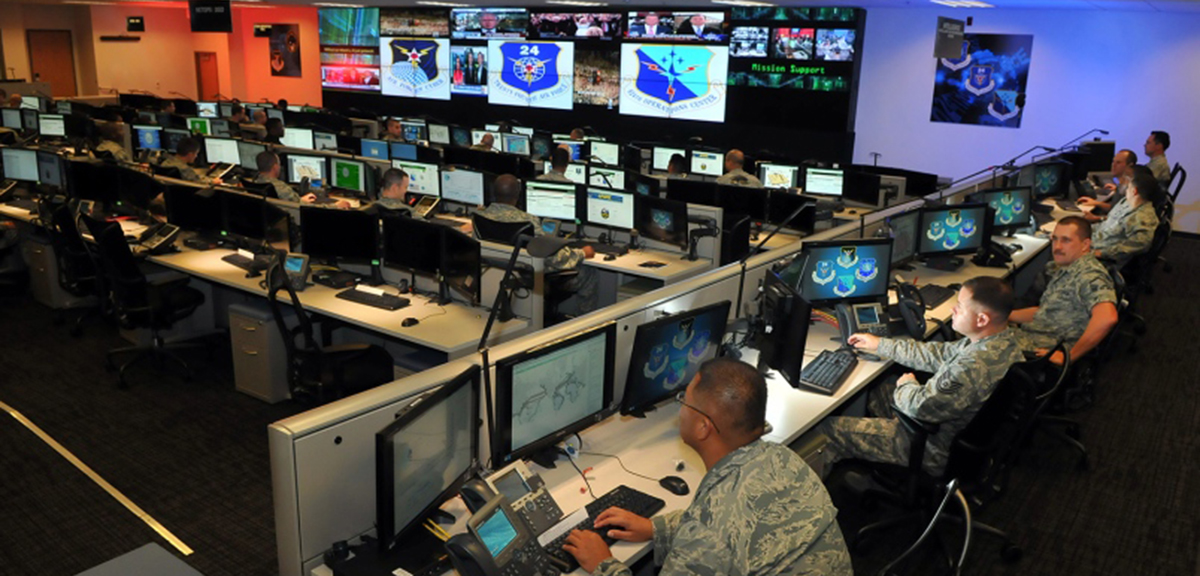The slower New Delhi is in responding to Beijing’s aggressive economic moves; the more India will have to lose.
In January of this year, General Secretary Xi Jinping of the Chinese Communist Party (CCP) visited Myanmar, where he laid the foundations of the China-Myanmar Economic Corridor. Xi signed dozens of bilateral agreements while lauding the Burmese leadership for its efforts to combat terrorism while bypassing entirely the internationally condemned treatment of Myanmar’s Rohingya ethnic minority.
Beijing has been steadily encircling India since 2013 when General Secretary Xi announced the start of the Belt and Road Initiative (BRI) and its constituent projects like the China-Pakistan Economic Corridor (CPEC), the CMEC (China-Malaysia Economic Corridor), or the China-Sri Lanka Economic Corridor, to name a few.
India Encircled by a String of Pearls
Thus far, India has followed a sheepish approach to Beijing’s voracious appetite for geopolitical influence, as exhibited by its much-publicized “String of Pearls” strategy to exercise geo-economic and military domination across the globe by making massive infrastructure and trade investments.
Strategic Chinese acquisitions in its “String of Pearls” include the purchase of a port in the West African state of Djibouti, the Hambantota Port of Sri Lanka, the Gwadar port in Pakistan, and more recently, a deep-sea port at Kyaukpyu, Myanmar. Bejing is already on track to exert the regional dominance reminiscent of Chinese hegemony in the 5th century AD.
India is involved a geopolitical quagmire with China, an adversarial power, yet an important strategic partner. While China is India’s second-largest bilateral trade partner, it is also rapidly consolidating its influence throughout South Asia. India, therefore, is at risk of encirclement, restricting its ability to exert its still-considerable influence in the world, particularly in Africa, and, to an extent, in South Asia.
How Should India Respond?
India has consistently rejected the idea of participating in the Belt and Road Initiative, citing concerns over sovereignty. The China-Pakistan Economic Corridor, which passes through Baluchistan in Pakistan-occupied Kashmir, has been a point of contention for New Delhi, albeit one that has been mildly expressed. Despite economic and strategic conditions that are seemingly in Beijing’s favor, there are several steps that New Delhi can take to counter China’s expanding influence in India’s backyard.
First, it’s clear that India cannot match China in terms of economic strength, at least not in bilateral terms. However, India can use its regional influence to strengthen multilateral geo-economic organizations of which it is a member, such as the South Asian Association for Regional Cooperation (SAARC) and the Bay of Bengal Initiative for Multi-Sectoral Technical and Economic Cooperation (BIMSTEC) by embarking on multilateral economic projects in the iron and steel, oil and petroleum, and textile sectors, as well as leveraging its considerable expertise in the information technology sector.
Second, New Delhi must double-down on a carrot-and-stick approach to managing geo-economic competition with China. India has massive market potential, with a population of over 1.3 billion people. The country is one of the world’s largest markets for electronics, IT, logistics, and, more recently, defense. At the same time, India must intensify scrutiny of Chinese goods by strengthening the Harmonized System Nomenclature (HSN) and by cracking down on imported products of substandard quality—a critical step to take considering that 45% of India’s imported goods are of Chinese origin.
Third, India must take further steps to bolster its exports to countries increasingly wary of China’s growing influence, particularly as global scrutiny of the sustainability of China’s Belt and Road Initiative gains traction. At the same time, New Delhi should facilitate Transfer of Technology (ToT) agreements with other countries in sectors where India is traditionally strong, such as logistics, defense, agriculture, and dairy. India must increase its use of its soft power by undertaking proactive cultural, economic, and political diplomacy in key BRI participant-countries, including Myanmar, Malaysia, Indonesia, Cambodia, and Brunei, while simultaneously bolstering defense ties through bilateral and multilateral military exercises and training programs.
Finally, India must strengthen its economic relations with ASEAN member-states, particularly with the Vietnam-South Korea-Japan trilateral grouping. More robust economic ties between the ASEAN group and India will be an essential component in countering China’s hegemonic trade practices. Thus, India’s withdrawal from the Regional Comprehensive Economic Partnership (RCEP) was an unfortunate setback in the efforts to build a healthier and more equitable multilateral economic partnership.
New Delhi must move rapidly to boost India-ASEAN trade and investment levels. The slower India is in responding to China’s aggressive economic moves; the more India will end up losing in the era of great power competition.
A study conducted by the Research Bureau of the PHD Chamber of Commerce and Industry has predicted that Indian trade with ASEAN economies will double by 2025, from the current level of $142 billion (2018) to $300 billion. Measures the Indian government can take include enhancing incentives for Indian exporters, implementing policies to significantly boost the international presence of India’s service sector, undertaking a continuous review of the ASEAN-India Trade in Goods Agreement, simplifying customs procedures, bolstering private sector engagement, and improving access to financial and banking services.
About the Author
Pranay Kumar Shome
Pranay Kumar Shome studies Political Science and International Relations at Jadavpur University in Kolkata, India.



